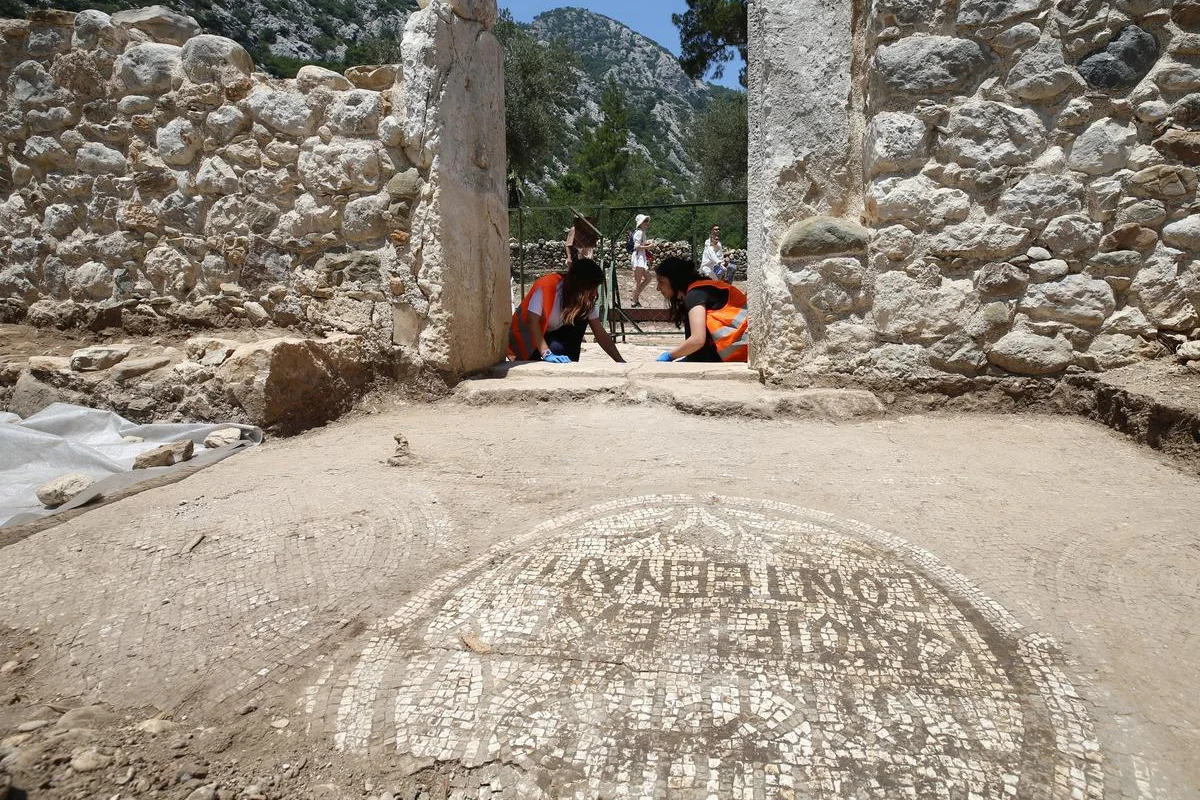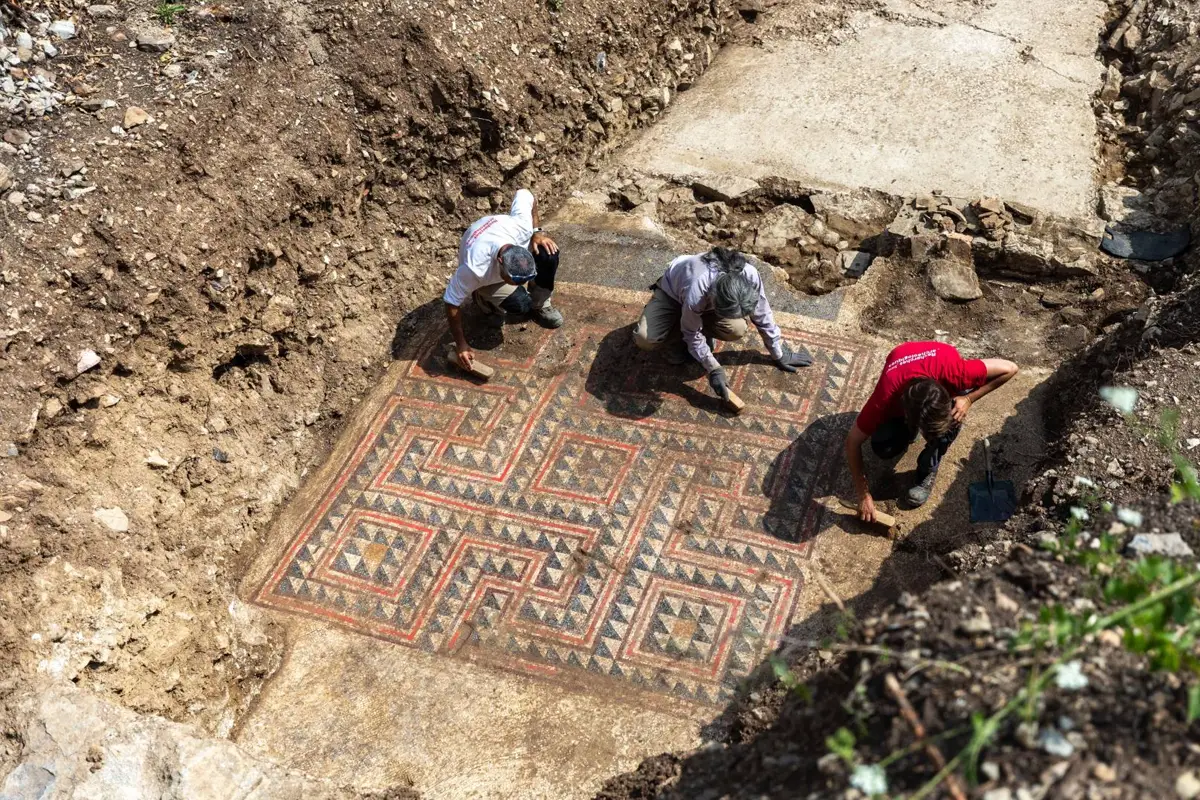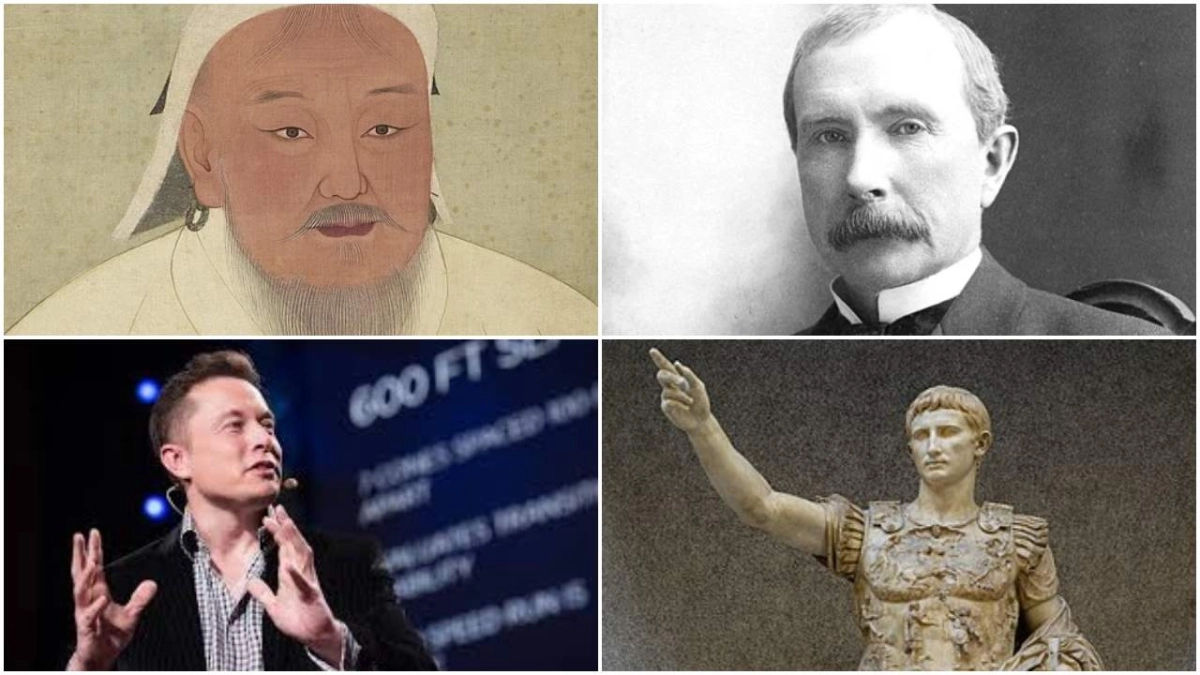The Anatolian hypothesis, a theory that British archaeologist Colin Renfrew first put forth in 1987, has become a fascinating topic of discussion in the fields of historical linguistics and archaeology. This theory offers an alternative perspective on the origins of the Proto-Indo-European (PIE) language, suggesting that it evolved in Neolithic Anatolia rather than the more commonly accepted Kurgan hypothesis. In this article, we will delve into the intricacies of the Anatolian hypothesis, its strengths and criticisms, and its potential implications for our understanding of Indo-European languages and the spread of farming.
The Anatolian Hypothesis Unveiled
The crux of the Anatolian hypothesis lies in its proposal that the speakers of Proto-Indo-European inhabited Anatolia during the Neolithic era, approximately around 7000 BC. It connects the diffusion of historical Indo-European languages to the Neolithic Revolution of the 7th and 6th millennia BC. According to this hypothesis, Indo-European languages expanded peacefully, primarily through demic diffusion, from Asia Minor into Europe, concurrently with the advancement of farming during this period. This peaceful migration suggests that most Neolithic Europeans spoke Indo-European languages initially, with later migrations leading to the replacement of some Indo-European varieties by others.
Colin Renfrew, the proponent of this theory, has refined his stance over the years, adopting a pronounced Indo-Hittite position. According to Marija Gimbutas' theory, he now places the origin of Proto-Indo-European in the Balkans around 5000 BC, which he refers to as the "Old European culture." ” However, Anatolia still plays a central role in the theory, serving as the starting point for the Indo-European linguistic journey.
Strengths of the Farming Hypothesis
One of the compelling aspects of the Anatolian hypothesis is its connection of Indo-European language dispersion to a well-documented historical event: the spread of farming. The spread of agriculture from the Middle East during the Neolithic period aligns with the proposed timeline for Indo-European language development. This correlation has garnered support among scholars who see the theory as a coherent explanation for the linguistic shifts observed in ancient Europe.
Bayesian Analysis: A Statistical Perspective
Bayesian analysis has provided additional support for the anatolian hypothesis. Based on their study of 87 languages and 2,449 words, Russell Gray and Quentin Atkinson found that the first Indo-European languages split up between 7800 and 9800 years ago, which is in line with the Anatolian hypothesis. This statistical approach has added weight to the theory, offering a quantitative perspective on language evolution.
Criticisms and Controversies
Despite its merits, the Anatolian hypothesis has faced criticism. Some linguists and archaeologists argue that Bayesian analysis, while insightful, has limitations when inferring the lifespan of a language solely from its vocabulary. The idiosyncrasies of certain languages, like Albanian, raise doubts about the method's accuracy.
The Kurgan hypothesis, which places the origins of Indo-European languages in the steppe regions, remains a formidable contender. Critics argue that complex linguistic and archaeological evidence contradicts the Anatolian theory, suggesting alternative scenarios for the emergence of Indo-European languages.
Many partings, many meetings: How migration and admixture drove early language spread.
Westward and northward migrations out of the West Asian highlands split the Proto-Indo-Anatolian language into Anatolian and Indo-European branches. Yamnaya pastoralists, formed on the steppe by a fusion of newcomers and locals, admixed again as they expanded far and wide, splitting the Proto-Indo-European language into its daughter languages across Eurasia. Border colors represent the ancestry and locations of five source populations before the migrations (arrows) and mixture (pie charts) documented here.
Recent Advances and DNA Evidence
Recent linguistic research and ancient DNA studies have further complicated the debate. Genetic studies have raised questions about the geographical sources of Indo-European languages, challenging the Anatolian hypothesis. Gimbutas' Kurgan hypothesis is supported by a genetic study from the Universitat Autnoma de Barcelona (2015), but it does not clarify how Kurgan migrations affected Europe.
Ancestral North Indians may have been derived from Anatolia, continental Europe, and the Levant, according to Lazaris et al. (2016); however, since West Eurasian population sources from these regions are excluded, there is little chance these regions could influence Indo-European (or other) languages in South Asia. Despite not knowing "if the steppe is the ultimate source" of Indo-European languages, Lazaridis et al. believe more data is needed. Archaeologist Kristian Kristiansen and linguist Alwin Kloekhorst have both suggested that recent DNA evidence supports the steppe origin theory rather than the Anatolian hypothesis.
However, a recent DNA analysis (2022) of 777 ancient genomes has reshaped our understanding of the origin and spread of Indo-European languages. The study redirects the cradle of Indo-Europeans to the Southern Arc, encompassing Southern Europe and West Asia. This aligns with Colin Renfrew's Anatolian hypothesis, which suggests that the Proto-Indo-European language originated in Anatolia and spread through the Neolithic demic diffusion associated with the agricultural expansion from this region in the seventh millennium BC.
Furthermore, the research indicates a gradual increase of ancestry from the Caucasus in the Anatolian genome between five and seven thousand years ago, strengthening the connection between Anatolia and the Caucasus in the context of Indo-European language dispersal. These findings provide substantial support for Renfrew's Anatolian hypothesis, consolidating the link between the spread of Indo-European languages and the agricultural expansion of Anatolia.
Another new study published in Nature (2024) introduced the groundbreaking Language Velocity Field (LVF) estimation, a computational approach that goes beyond traditional limitations and provides a comprehensive understanding of language dispersal. By applying LVF to language families, we can see how populations moved over time, which fits with what we know from ancient DNA and archaeological data. This helps us understand how agricultural languages got to where they are today. Compared to traditional approaches, LVF proves to be more reliable in scenarios where horizontal contact affects linguistic relatedness, demonstrating its utility in complex linguistic landscapes. The study's results also suggest a stronger link between the spread of Indo-European languages and the spread of agriculture in Anatolia, echoing Colin Renfrew's Anatolian hypothesis.
The velocity fields of four language families and groups. The coloured dot denotes the geographical position of each observed language sample. The coloured small arrow represents the velocity vector which has been grid-smoothed and normalised for better visualisation. The larger coloured schematic arrow, summarised based on the velocity vectors, renders the general language dispersal trajectory. The pale grey polygon signifies the known geographic range of the Neolithic culture. The coloured concentric circle represents the language dispersal centre inferred by the LVF.
The Anatolian hypothesis presents a thought-provoking perspective on the origins of Indo-European languages, connecting them to the spread of farming in Neolithic Anatolia. While it has its strengths, including statistical support through Bayesian analysis, it is not without its controversies and challenges. The ongoing debate between proponents of the Anatolian hypothesis and supporters of the Kurgan theory highlights the complexity of unraveling the mysteries of linguistic evolution and prehistoric migrations. As research continues and new evidence emerges, our understanding of the roots of Indo-European languages may continue to evolve, shedding light on the rich tapestry of human history and culture.










